Pano: Books You Might Like, Class of 2021
Featuring the Works of Colson Whitehead, Alison Bechdel, and Edward Borein
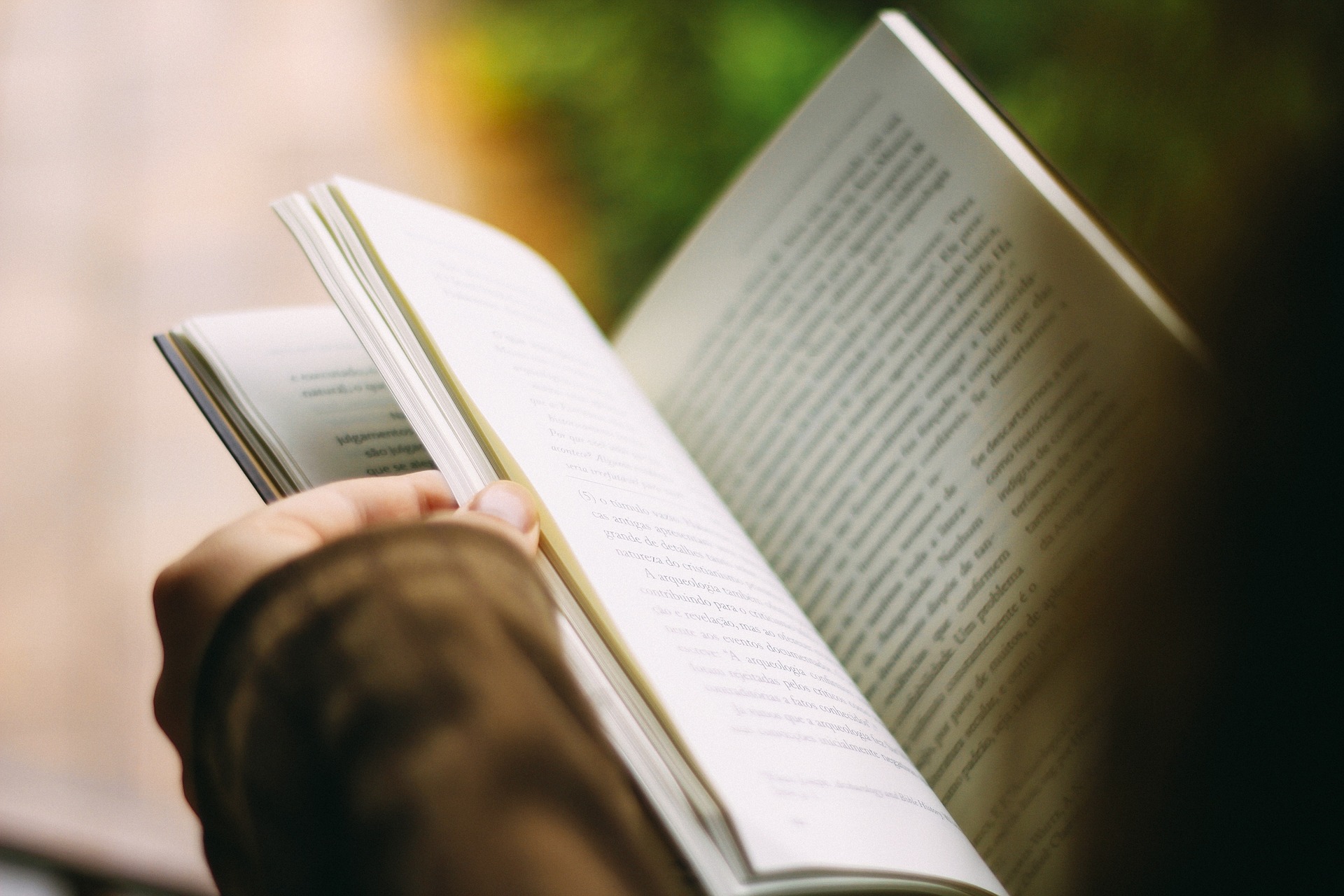
ME TIME
Noun. INFORMAL
- time spent relaxing on one’s own as opposed to working or doing things for others, seen as an opportunity to reduce stress or restore energy.
With the holidays looming and options for travel and socializing once again shadowed by the cloud of COVID unknowing, it’s a great time to stock up on holiday survival tools — like plenty of good books.
As intentionally idiosyncratic as it is brief, the following list of four items obeys a few simple rules.
- The copyright page has to say “2021.”
- A wide range of tones and genres
- Four and out
- Enjoy, and feel free to respond with your comments and recommendations.
Harlem Shuffle by Colson Whitehead (Doubleday)
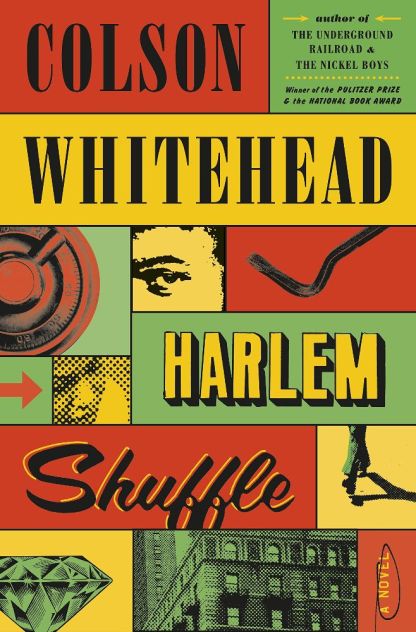
With two Pulitzers, a National Book Award, and a high-profile television series all within the last four years, Colson Whitehead is hardly lacking external approval. I was impressed enough by The Nickel Boys and The Underground Railroad to look forward to seeing what Whitehead would do with one of my favorite sub-genres, the New York crime novel.
Would he match the mixture of levity and gravitas achieved by Chester Himes in his Coffin Ed and Gravedigger Jones books? Would he give Walter Mosley a run for the title of top dog? The answer to both is an unqualified “yes.”
Harlem Shuffle is the first in a projected series featuring Ray Carney, a Harlem furniture store owner and the son of a hoodlum. As the embittered adult child of a career criminal, Carney oscillates between rejecting his dad’s way of life and the occasional favor or exchange of questionable goods with New York’s vast floating world of bent characters.
It’s this tension between Carney’s better angels and life’s shades of gray that gives Whitehead the leverage he needs to pop the lid on New York’s checkered history of corruption and resistance. The finale of Harlem Shuffle takes place during the civil unrest that followed the killing of 15-year-old James Powell by NYPD Lt. Thomas Gilligan in July of 1964. The novel brushes against the murder and its violent six-day aftermath, using the ensuing chaos in Harlem as backdrop and cover for the novel’s fictional crimes. Those interested in how American history looks from a wise, noble, and well-informed perspective that’s still sympathetic to how things work on the street will undoubtedly enjoy this promising initial entry in what one hopes will become a great series.
Edward Borein: Etched by the West by B. Byron Price (Santa Barbara Historical Museum)

With its many splendid illustrations, this beautiful volume is a significant scholarly biography in coffee-table-book format. B. Byron Price has poured the results of decades of research into his narrative of Edward Borein’s eventful life. As an American artist, an irrepressible booster of all things Western, and a Santa Barbara local with firm ideas about what this city represents, Borein offers a unique opportunity to rethink and reimagine where we live and how our civic culture came to be what it is. For example, when Borein and his wife Lucile began looking for a home site in 1923, they decided against Santa Barbara, Montecito, and Mission Canyon in favor of the Mesa. For miles, their only neighbors were the artist Carl Oscar Borg and his wife, Madeline.
Unlike the Borgs, who lived in a house based on a historic Spanish church in Zuni, New Mexico, the Boreins rejected the Spanish Colonial revival as inauthentic. Instead, they built La Barranca, a single-story home and studio complex based on the indigenous Hopi dwellings that Borein had sketched for years. The Boreins hired Hopi artisans to construct the adobe to confer further legitimacy to their aesthetic.
At one point, Borein suggested to Lucile that if they meant business, they would abandon standard doorframes and enter and exit the house on ladders, in full Hopi style. Although this was a joke, Borein was entirely sincere in his complex and heartfelt Western sensibility, even to the point of drawing distinctions between Native American and Spanish Colonial versions of authenticity.
Reading Borein’s story in Price’s fine-grained and lavishly illustrated account, one encounters some early indications of the peculiar blend of hedonism and asceticism that would come to characterize life in Santa Barbara. If you think “work hard, play hard” was invented by yuppies, you haven’t spent enough time studying the industrious habits and violent pleasures of the early 20th-century masculine mystique that Borein and his compadres embodied. Sexist, racist, and fraudulent in myriad ways, the code of the imagined West nevertheless remains embedded in our cultural DNA. As a pendant to the permanent gallery of Borein art and memorabilia, Edward Borein: Etched by the West is a beautiful object. It also stands as a window on a world at once alien and intimately familiar.
This edition of ON Culture was originally emailed to subscribers on April 12, 2024. To receive Leslie Dinaberg’s arts newsletter in your inbox on Fridays, sign up at independent.com/newsletters.
The Secret to Superhuman Strength by Alison Bechdel (Mariner Books)
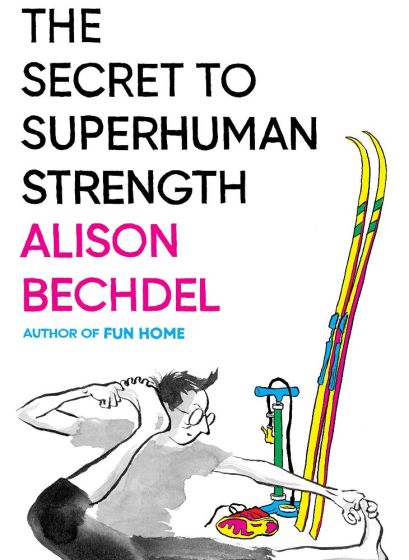
After the runaway success of her previous graphic memoir Fun Home, Bechdel is back with a spectacular sequel that spans several decades of her life. The Secret to Superhuman Strength mixes anecdotes about Bechdel’s lifelong fixation on strenuous physical activity with acute cultural criticism and (gasp!) brilliant readings of the British Romantic poets and the New England Transcendentalists. If that sounds like a turducken too far for the holidays, understand that the whole package comes wrapped in Bechdel’s extraordinarily inventive and exquisitely drawn comics. As with Fun Home, there’s a wealth of visual details and a lesson in graphic design available on every page. With its emphasis on winter sports and the allure of snowy mountains, it’s a great thing to find under the tree. I guarantee that once unwrapped, this book will lie open in someone’s lap for the rest of the holiday season.
Duino Elegies: Rainer Maria Rilke, a New and Complete Translation by Alfred Corn (W. W. Norton and Company)
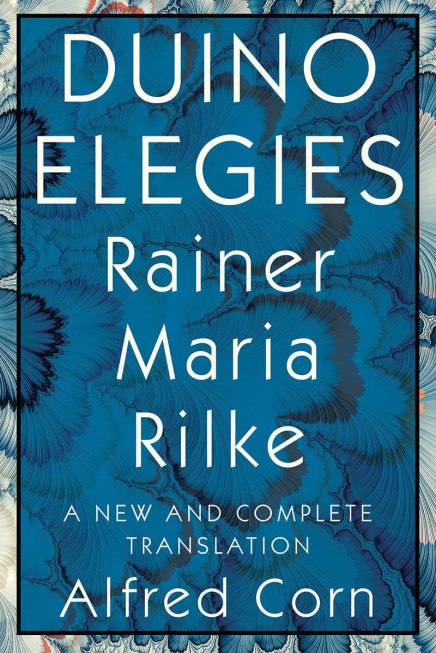
For students of literature, Rilke and his 10 Elegies require no introduction. For them, let me say that no matter how many translations you have read or own, there’s always more to know about these poems for those who lack the fluency in German that the originals demand. American poet Alfred Corn has laid out the essentials here in an English idiom that’s more direct and closer to the spirit of the original than any I have encountered since first reading Stephen Mitchell’s translation and comparing it to the German texts as a grad student.
With that rather pretentious paragraph out of the way, let me turn to what’s worthwhile about this little volume on the cusp of 2022. More than any other poet except perhaps his countryman Friedrich Hölderlin, Rilke wrote in headlong pursuit of the ineffable. If an experience seemed too tremendous or too extreme to express in words, Rilke would write about it. In the wake of nearly two full years confronting the unprecedented, there’s a tonic in reading the work of someone who not only expected the unexpected but insisted on it.
Without getting too woo-woo about anything, Rilke consistently reaches for and comes back with impressions of what’s beyond understanding. It’s a risky strategy, and the result is not for everyone, but if you are up for something that’s out of the ordinary and will repay multiple readings, you might give this a try. Corn has written a helpful introduction and supplied selections from Rilke’s other lyrics and a pair of his best Letters to a Young Poet as an appendix. Here’s a sample passage from the opening of the Eighth Elegy in Corn’s translation. In it, Rilke expresses his idea of what it might mean to be free of the awareness of mortality.
With all of their eyes, animals behold
openness. Only our seeing is
retrospective, set like traps around them,
an obstacle that blocks the path to freedom.
What does exist outside we come to know
from their faces alone; in fact, we make
even young children turn and take a backward
look at fixed concepts, not at the openness
deep in those mammal features. Free of death.
That, only we see; the unhindered animal
keeps its decline and sunset ever behind it,
with God before; and, if it walks, goes forward
in timelessness, like springs that well and flow.
Is it accurate? Does it even make sense? I do not know — ask your pet.
Support the Santa Barbara Independent through a long-term or a single contribution.



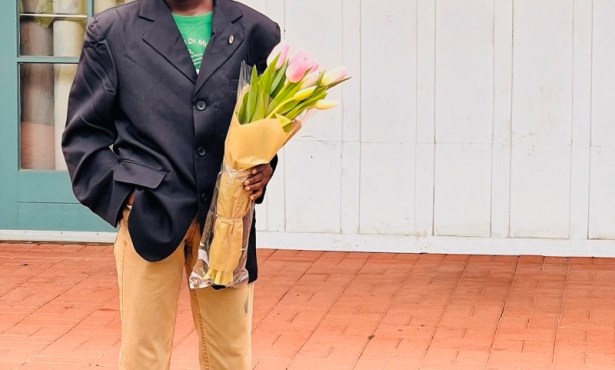
You must be logged in to post a comment.